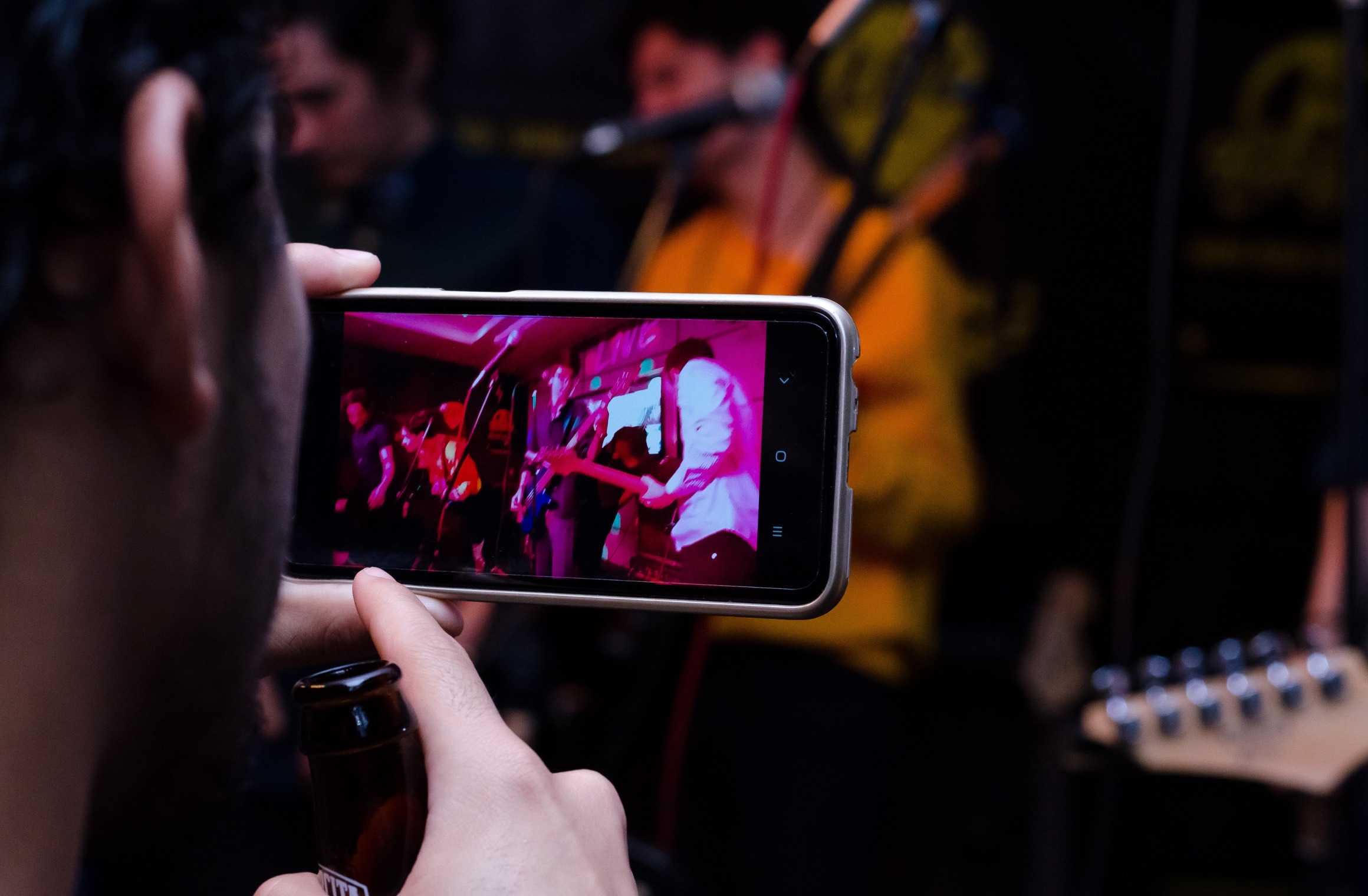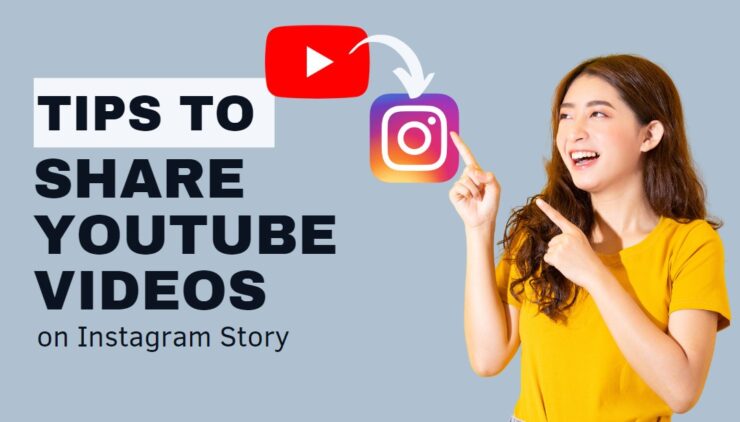Hey there! If you're diving into the world of sharing YouTube videos on Instagram, you might be scratching your head about copyright issues. Trust me, you're not alone. With the rise of social media, understanding how copyright laws apply to the content we love has never been more important. So, before you hit that 'share' button, let's break down the essentials of copyright concerns and why you should be cautious when sharing videos.
Copyright acts like a protective shield for creators, ensuring they get the credit (and often money) they deserve for their hard work. With platforms like YouTube and Instagram buzzing with content, it's easy to want to share a hilarious clip or an insightful tutorial. But share too carelessly, and you could find yourself staring down the barrel of a copyright claim. Don't panic, though! In this blog, we’ll guide you through the dos and don’ts, so you can navigate these waters smoothly and keep your accounts safe.
Understanding YouTube's Copyright Policies

So, what’s the deal with YouTube's copyright policies? Well, YouTube takes copyright very seriously, a principle embedded in their platform to protect content creators. Simply put, if you didn’t create it, don't assume you can use it freely. Here’s a breakdown of important aspects to keep in mind:
- Ownership: The fact is, the person who creates a video automatically owns the rights to it. This includes the visuals, audio, and any other original elements.
- Fair Use: There are certain scenarios where you might be able to share someone else's content without permission under the 'fair use' doctrine. Generally, this applies to commentary, criticism, or educational purposes.
- Content ID System: YouTube has a Content ID system that scans uploaded videos for copyrighted material. If it finds something that belongs to someone else, the video could be blocked, monetized by the original creator, or even lead to strikes on your channel.
- Licenses and Permissions: If you want to use a specific video, looking for licensing options or directly asking for permission from the creator is a good practice.
In essence, it's vital to understand that every piece of content has an owner, and respecting their rights is key in avoiding copyright troubles. Always be aware of what you’re sharing and keep the integrity of the creator's work in mind!
Also Read This: Effective Tips for Managing Stories and Removing Super Rumble on Instagram
Guidelines for Sharing Videos on Instagram

When it comes to sharing videos on Instagram, especially those from YouTube, it’s important to tread carefully. The last thing you want is to find yourself in a sticky situation with copyright claims. Here are some key guidelines to keep in mind:
- Respect Copyright: Always remember that just because a video is online doesn’t mean it’s free to use. The creator holds the copyright, and utilizing their content without permission could lead to legal actions.
- Give Credit: If you do have permission to share a creator's video, be sure to credit them properly. Mentioning their username and linking back to their original video is a great way to do this.
- Use Story Features: Instagram Stories allow you to mention other users and even share posts from them. This is a perfect way to share snippets of a YouTube video without directly downloading or reposting it.
- Check Usage Rights: Some creators provide specific guidelines on how their content can be shared. Look for information in the video's description or on their channel to ensure you comply with their wishes.
- Avoid Full Reposts: Instead of directly reposting a full YouTube video on Instagram, consider sharing just a short clip or creating a highlight reel that piques interest and directs followers to the original content.
By following these guidelines, you can enhance your Instagram presence while respecting the rights of content creators, creating a win-win situation!
Also Read This: How to Make Doll Makeup Fun Crafting Ideas on Dailymotion
Methods to Share YouTube Content Legally
If you’re eager to share YouTube content legally, there are several methods at your disposal that make it both easy and safe. Here’s what you can do:
- Get Permission: Always look for explicit permission from the content creator. You can reach out through social media or email. Many creators appreciate the outreach and will happily grant permission.
- Utilize the Share Feature: YouTube's built-in share feature allows you to copy links directly. You can share these links on your Instagram bio or stories, directing followers to the original video.
- Create Reaction Videos: With permission, consider creating a reaction video where you react to the content without directly using large portions of the original video. This adds your valuable input but still respects copyright rules.
- Embed Videos: If you have a blog or website, you can embed the YouTube video there and share your blog link on Instagram. This drives traffic to both the original content and your own platform.
- Use Creative Clips: Edit short clips or highlights from the YouTube video, highlighting the most compelling parts (with permission!). This generates interest and encourages your audience to check out the full video.
These methods not only help in avoiding copyright issues but also strengthen your relationship with creators and enrich your content. It's all about sharing the love while playing fair!
Also Read This: Why YouTuber JiDion Decided to Quit
How to Properly Attribute the Original Creator
When sharing content from YouTube, especially videos, it's crucial to give credit where it's due. Not only does it help avoid copyright issues, but it also respects the hard work of content creators. Here’s how you can properly attribute the original creator:
- Include the Creator's Name: Always mention the original creator's name in your post. This can be as simple as saying, "Check out this amazing video by [Creator's Name]!"
- Link Back to the Original Video: Provide a direct link to the YouTube video. This way, your followers can easily access the original content. You can say something like, "Watch the full video here: [URL]."
- Use Appropriate Hashtags: Using relevant hashtags can enhance visibility. Include tags like #YouTube, #VideoCredit, #ContentCreator, and the creator’s specific channel or video hashtag.
- Get Permission When Possible: If you’re sharing a significant portion of the video, consider reaching out to the creator for permission. It’s a respectful move and can establish a positive relationship.
Not only will this help you avoid copyright claims, but it also fosters a community spirit among creators and viewers alike. Respecting intellectual property is key to a thriving creative environment.
Also Read This: How to Download Ringtones from YouTube for Your Phone in Simple Steps
Using YouTube's Sharing Features
YouTube provides great features designed specifically for sharing content while respecting the rights of the creators. Utilizing these tools can make the process smoother and safer. Here’s how you can do it:
- Use the Share Button: Under each video, you'll find a 'Share' button. Clicking on this will give you options to directly share the video link to Instagram. This ensures proper attribution automatically.
- Embed Code: If you have a website or a blog, YouTube allows you to embed videos easily. This way, viewers can watch the video without leaving your site, and the original views and credits go to the creator.
- Shortened URLs: You can use services like Bitly or the YouTube link shortener to make your links more manageable. It’s a neat and tidy way to share URLs on platforms like Instagram.
- Email to Yourself: If you’re on a mobile device, sometimes it’s tricky to switch between apps. Emailing the link to yourself allows you to access it easily when you’re ready to post.
By using these features, not only do you respect content ownership, but you also make sharing easier and more professional. Plus, your followers will appreciate the direct access to high-quality content!
How to Share a YouTube Video on Instagram Without Copyright Issues
Sharing videos on social media platforms like Instagram has become a critical part of online engagement. However, redistributing YouTube content can lead to copyright issues if not done correctly. Here’s how you can share a YouTube video on Instagram while navigating around copyright regulations.
Here are some essential steps and tips to consider:
- Understand Copyright Laws: It’s crucial to be aware that YouTube videos are protected by copyright. Most creators retain rights to their content, so always seek permission when necessary.
- Use the YouTube Share Feature: YouTube provides a share functionality that allows you to share links directly. This is the easiest and safest way to share content without copyright infringement.
- Create Unique Content: Instead of reposting, consider creating original content that references the YouTube video. This can be a review, reaction, or summary that adds your unique perspective.
- Utilize Short Clips: If the creator allows, sharing short clips or highlights may fall under “fair use” but always credit the original creator.
- Credit the Original Creator: If you must share a segment of the video, mention the original creator in your post. Tag them in your post or mention them in the caption.
Best Practices: Always obtain permission from the video owner, provide proper credits, and create engaging content that respects copyright laws. This ensures your audience appreciates both your content and the original creators!
In conclusion, by understanding copyright laws and prioritizing fair use principles, you can successfully share YouTube videos on Instagram while benefiting both yourself and the original creators.
 admin
admin








